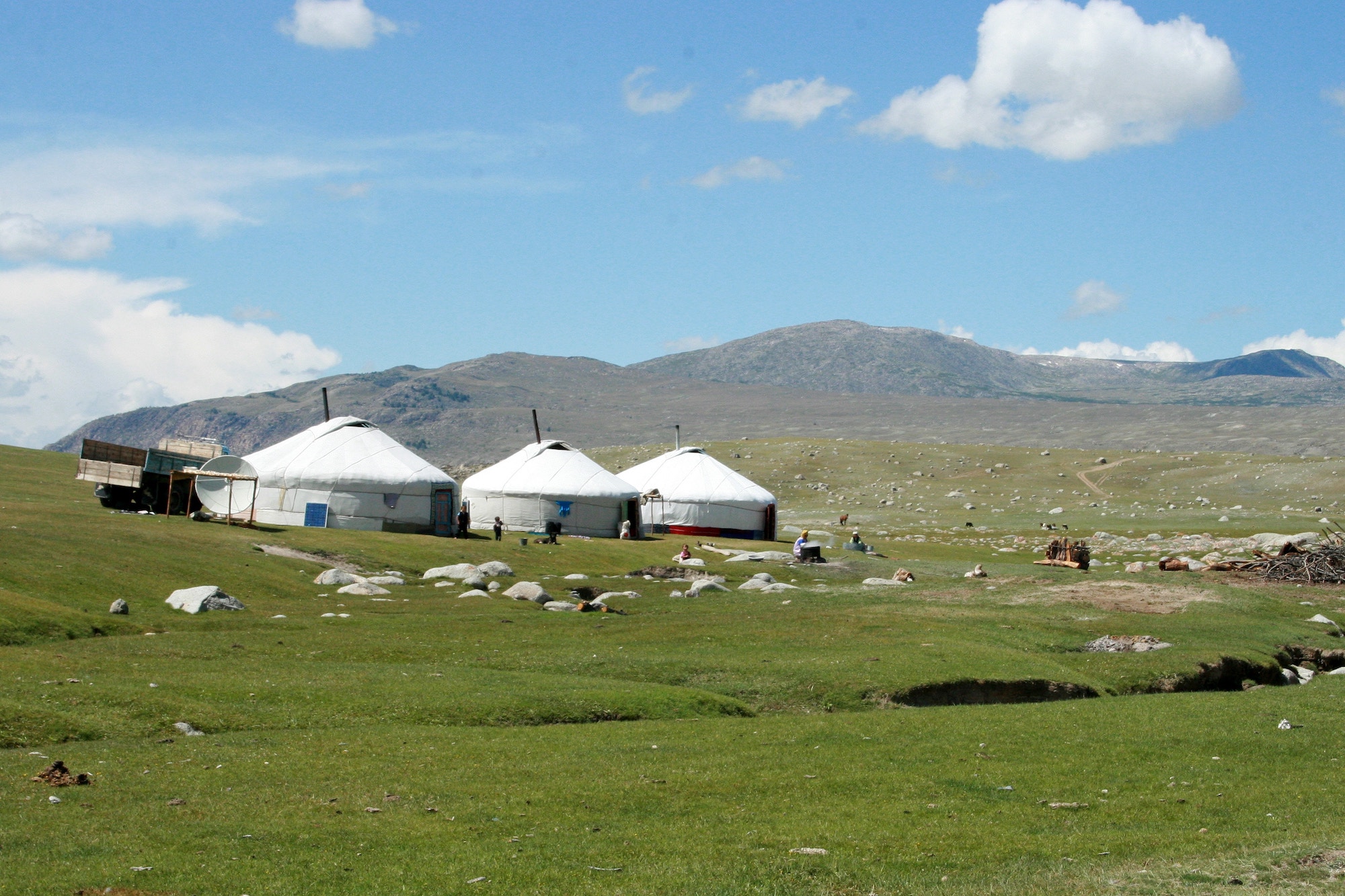Billions of people lack an address. Machine learning could change that.

An estimated billions of people in the world lack a physical address. Without one, residents lose access to important services like package deliveries, medical care, and disaster relief, as well as the ability to register to vote or obtain a driver’s license. Cities also have trouble planning new infrastructure, such as schools, water pipes, and electricity lines. (And this isn’t just in the developing world.)
“As you move into a more global economy and more people order and get goods delivered at a distance, you need a more specific address than ‘the house with the red door across from the cathedral,’” says Merry Law, the president of a company that provides international addressing information.
Researchers at the MIT Media Lab and Facebook are now proposing a new way to address the unaddressed: with machine learning.
The team first trained a deep-learning algorithm to extract the road pixels from satellite images. Another algorithm connected the pixels together into a road network. The system analyzed the density and shape of the roads to segment the network into different communities, and the densest cluster was labeled as the city center. The regions around the city center were divided into north, south, east, and west quadrants, and streets were numbered and lettered according to their orientation and distance from the center.
When they compared their final results with a random sample of unmapped regions whose streets had been labeled manually, their approach successfully addressed more than 80% of the populated areas, improving coverage compared with Google Maps or OpenStreetMaps.
This isn’t the only way to automate the creation of addresses. The organization what3words generates a unique three-word combination for every 3-by-3-meter square on a global grid. The scheme has already been adopted in regions of South Africa, Turkey, and Mongolia by national package delivery services, local hospitals, and regional security teams.
But Ilke Demir, a researcher at Facebook and one of the creators of the new system, says its main advantage is that it follows existing road topology and helps residents understand how two addresses relate to one another.
“If you have the address—let’s say—‘parrot.failed.casino’ and someone else has the address ‘tables.chairs.television,’ you have no idea if you are neighbors with that person,” she says. “That’s the whole point. We want addresses that people can relate intuitively.”
“I think it’s bloody brilliant,” says Charles Prescott, an international lawyer and founder of the nonprofit Global Address Data Association. “If you can code the system to generate addresses based on local conventions, that would be incredibly efficient and cost effective.”
Both Law and Prescott note, however, that there are limitations to this approach. “Generating the addresses isn’t the main issue,” says Prescott. “It’s getting people to adopt them.”
Many different factors play into whether an address scheme will be embraced. For one, the system must be consistent with a country’s culture, Law says, and not feel like a colonially imposed system. For another, adoption seems to correlate strongly with literacy. And in some communities, Prescott adds, residents distrust their government to the point that they don’t want to be too easy to locate.
The Facebook-MIT team now wants to connect with nonprofit partners to put the system into practice. Prescott, for one, is eager to collaborate. “I would love that,” he says.
Correction: The original article stated that an estimated four billion people lack a physical address. Although this is a widely quoted statistic, it is in fact incorrect, according to Patricia Vivas of the Universal Postal Union, one of the original people who prepared the white paper from which the stat was obfuscated. The paper states that four billion people are excluded from the rule of law, and that one of the reasons is a lack of proper addressing. There are no exact figures on how many people are unaddressed, but based on her extensive experience on this issue, Vivas estimates it is in the billions.
Deep Dive
Artificial intelligence
Large language models can do jaw-dropping things. But nobody knows exactly why.
And that's a problem. Figuring it out is one of the biggest scientific puzzles of our time and a crucial step towards controlling more powerful future models.
Google DeepMind’s new generative model makes Super Mario–like games from scratch
Genie learns how to control games by watching hours and hours of video. It could help train next-gen robots too.
What’s next for generative video
OpenAI's Sora has raised the bar for AI moviemaking. Here are four things to bear in mind as we wrap our heads around what's coming.
Stay connected
Get the latest updates from
MIT Technology Review
Discover special offers, top stories, upcoming events, and more.